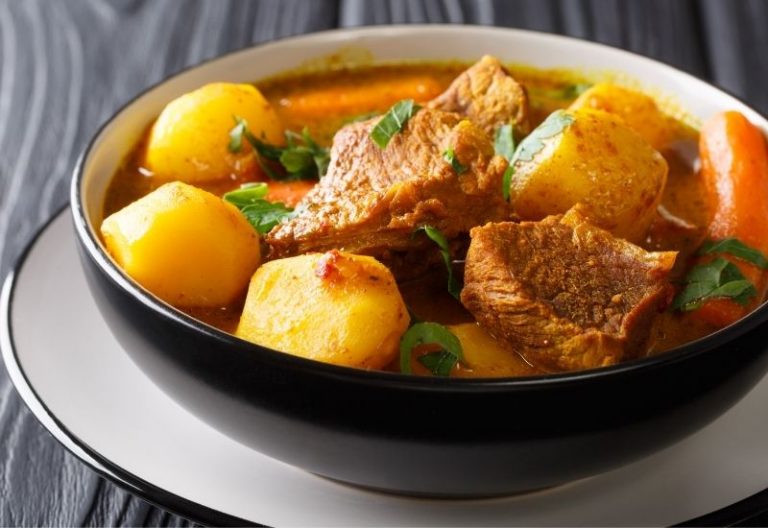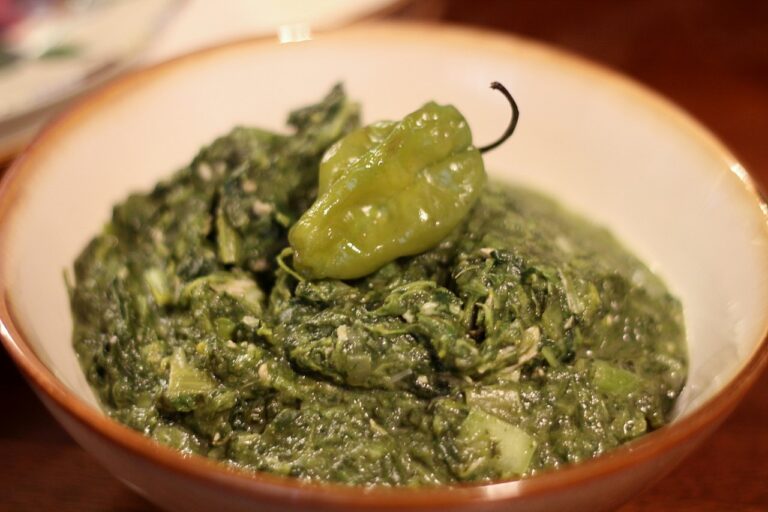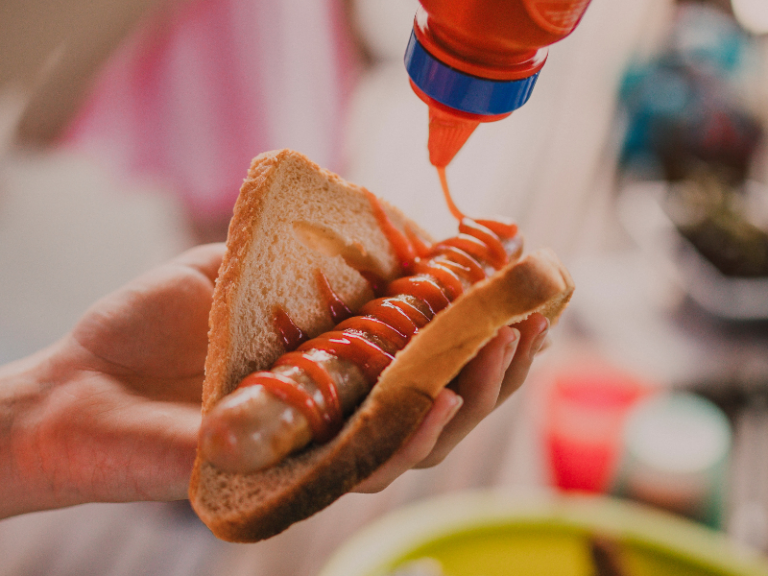9 Traditional Dishes of New Zealand
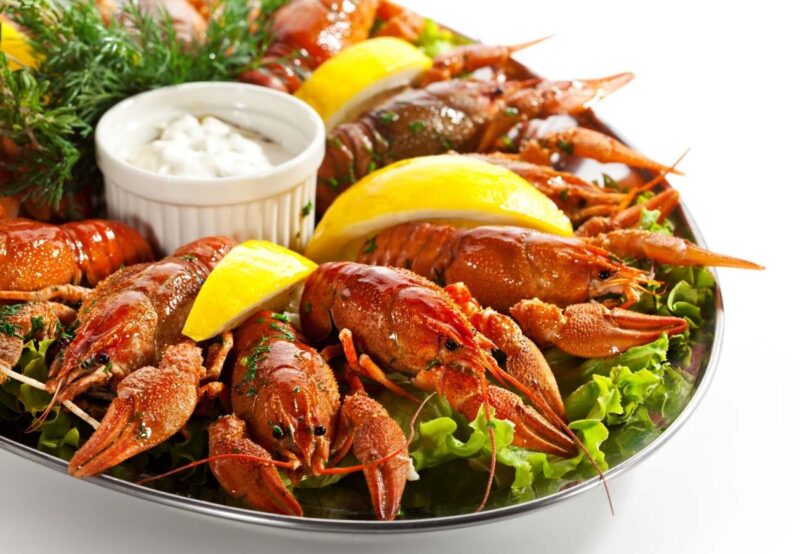
New Zealand is an island country located in the southwestern Pacific Ocean. It is comprised of two major landmasses, the North Island and the South Island, and more than 700 small islands. The country is best known for its national rugby team, its native Maori culture, and its scenic landscape.
The population of New Zealand is made up of different ethnicities, including Europeans (71.8%), Māori (16.5%), Asians (15.3%) and Pacific people (9.0%).
New Zealand cuisine is mostly determined by home-grown ingredients and seasonal variations. Being a country with a mainly agricultural economy, New Zealand produces crops from land and sea. The food of New Zealand is a varied British-based cuisine, with major influences from the Mediterranean and the Pacific Rim.
British cuisine and Māori culture have greatly impacted the country’s food historically. The Māori word “kai” is commonly used in New Zealand which means food, particularly traditional Māori food.
Staples of New Zealand’s dishes include Kumara, Rewena Pararoa, Manuka, and seafood. Typical ingredients or dishes comprise lamb, salmon, kōura (crayfish), Bluff oysters, whitebait, pāua (abalone), mussels, scallops, pipi and tuatua (types of New Zealand shellfish), kūmara (sweet potato), kiwifruit, tamarillo, and pavlova (a national dessert).
Hāngī
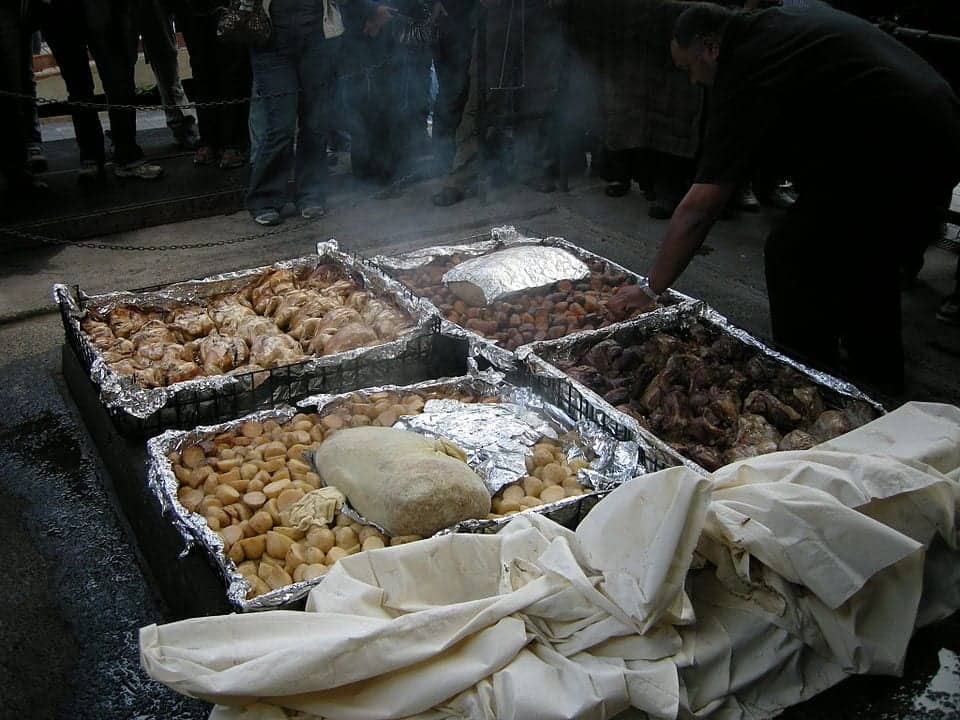
Hāngī is a dish prepared by the Māori people of New Zealand. It generally includes a variety of meats and vegetables such as chicken, pork, mutton and seafood, as well as pumpkin, potato, kumara (sweet potato), yams (oca), squash, taro and cabbage.
The ingredients are slow-cooked using heated rocks buried in a pit oven, known as an umu.
This cooking method has been followed for hundreds of years in New Zealand, but today, a hāngī is prepared only during special events (primarily because it requires the entire day to cook!).
Crayfish
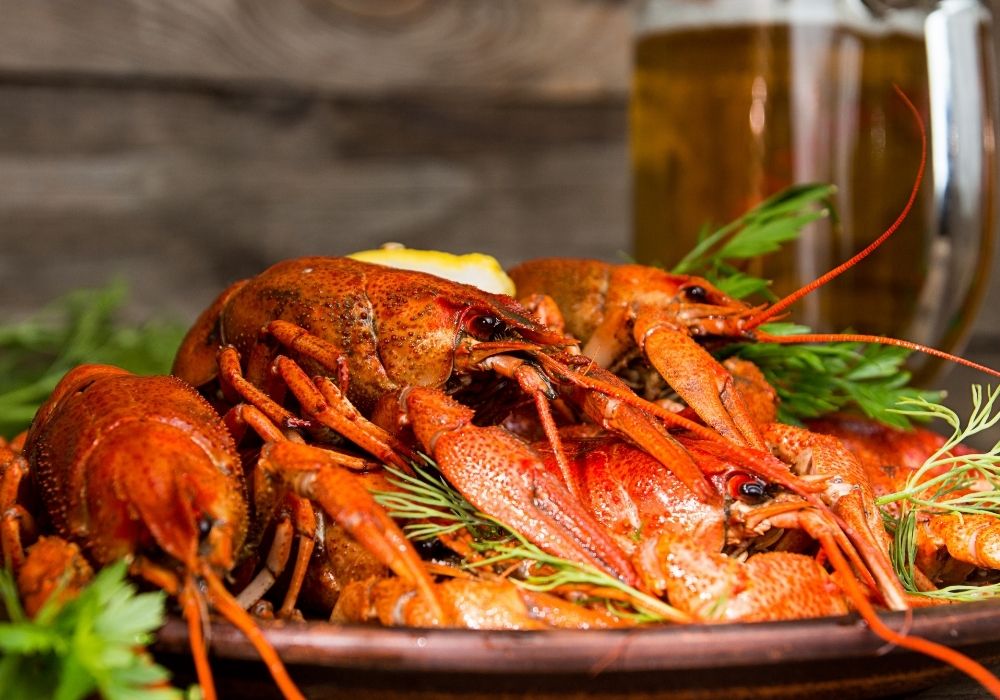
Crayfish (rock lobsters) can be spotted almost everywhere around the coast of New Zealand and offshore islands. Commonly referred to as koura by the Maori, crayfish are very similar to small lobsters in appearance.
Generally prepared in a similar manner as a lobster, a crayfish comprises of a subtle, somewhat sweet flavor and a meaty, succulent texture.
Pavlova
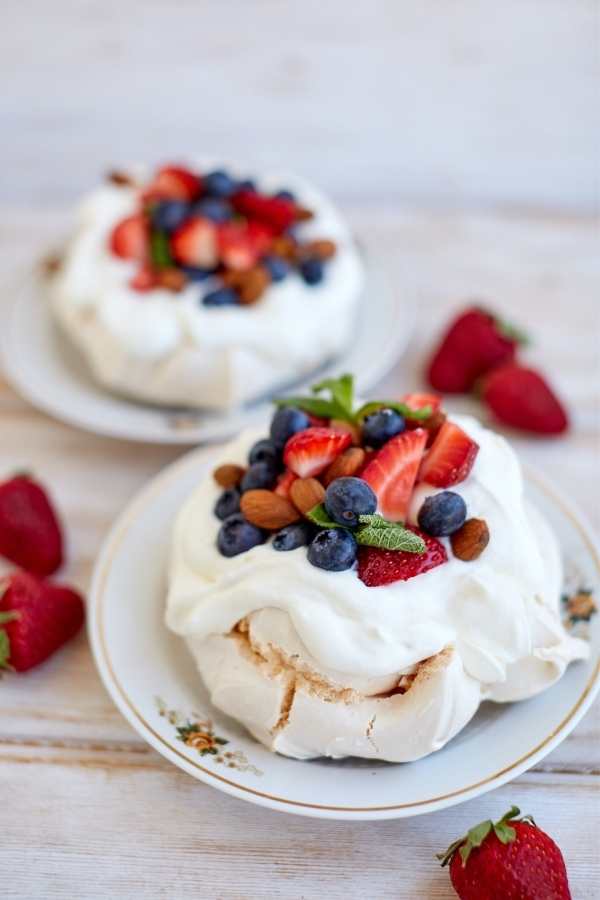
Pavlova is a dessert prepared using baked meringue and is topped with fruits (such as kiwifruit, passionfruit, and strawberries) and whipped cream. This New Zealand speciality takes the form of a cake, consisting of a crunchy crust and a soft, moist inside.
Pavlova takes its name from the Russian ballerina Anna Pavlova. The dish was first consumed in the early 20th century, and the credit for its origination is either given to Australia or New Zealand. Pavlova is commonly consumed as a Christmas dessert, but it is also enjoyed throughout the year in countless Australian and New Zealand houses.
Manuka Honey
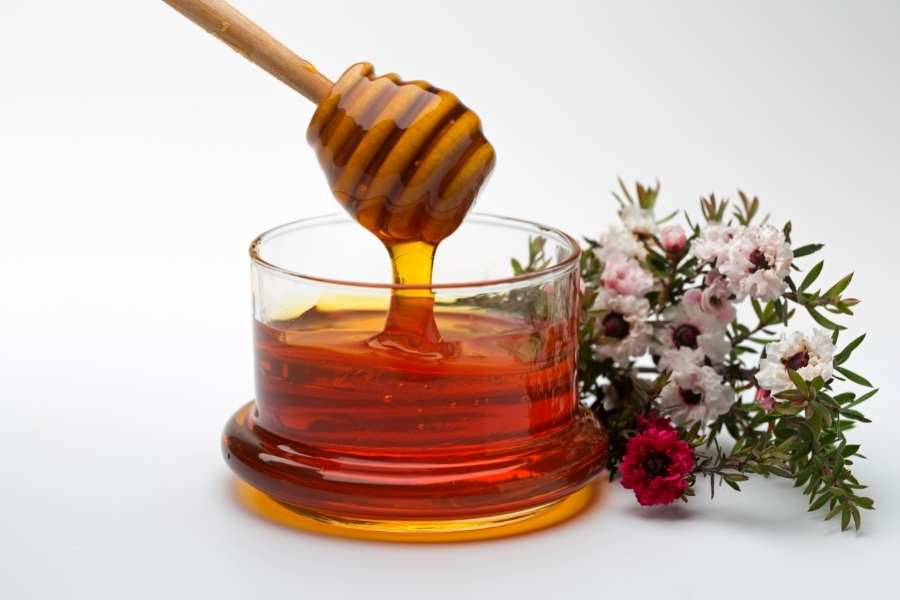
Manuka honey is produced in New Zealand by bees that pollinate the native tea trees. The honey is in great demand in the international market and is much-admired for its medicinal purposes.
Manuka honey is believed to have an anti-inflammatory action that can help relieve pain and inflammation. It is also known to be able to treat wound infections and other problems. The honey is believed to be healthier and more expensive when the manuka element of the honey is purer.
Jaffas
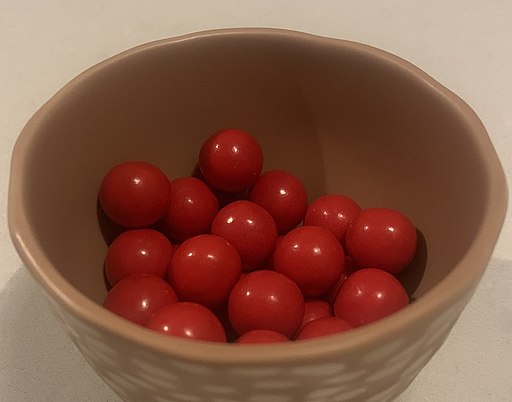
Jaffas are small sugar-coated chocolate balls comprising a mild orange flavor. Covered with a hard, red-colored sweet layer, jaffas are considered to be one of the most popular sweets among the people of New Zealand.
The name originates from the Jaffa orange, and it was first prepared in 1931. One can easily find these sweet balls at any local supermarket or convenience store. People in New Zealand even conduct an annual Jaffa race to celebrate the popularity of this confectionary.
The Jaffa Race is a charity event where 75,000 of these sweet balls are made to roll down Baldwin Street in Dunedin, New Zealand – the steepest street in the world.
Hokey Pokey Ice Cream
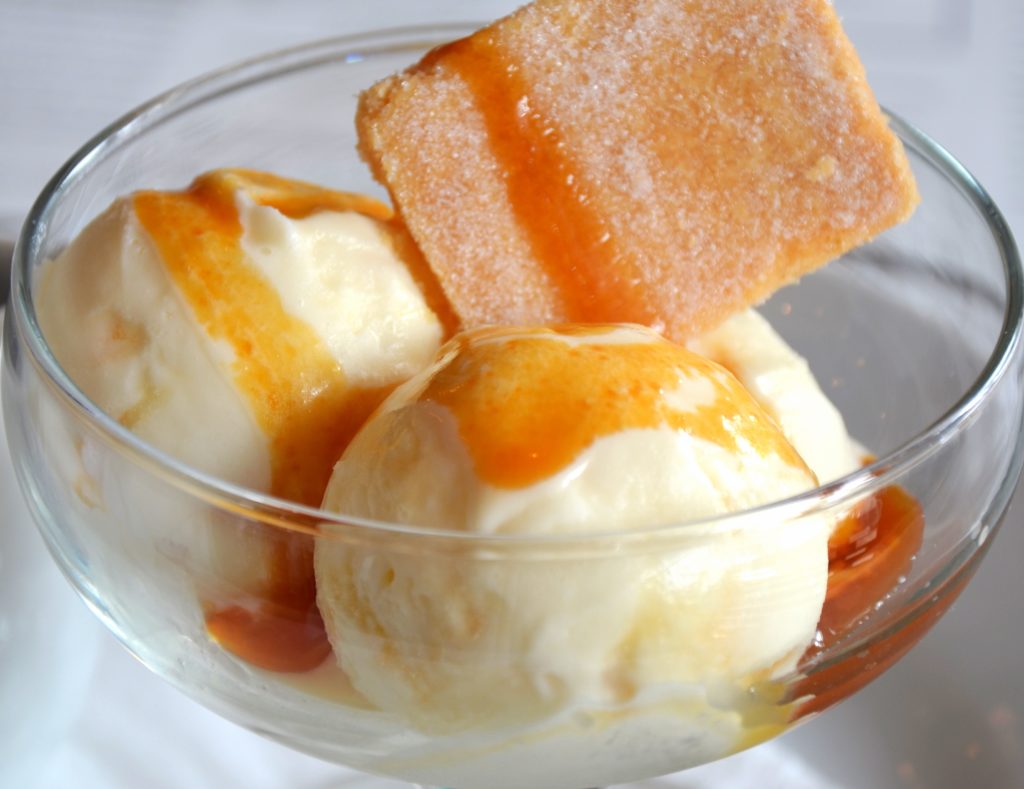
Hokey Pokey Ice Cream is a flavor of ice cream in New Zealand, prepared using plain vanilla ice cream and consisting of tiny, solid lumps of honeycomb toffee. Hokey pokey is actually the New Zealand word for honeycomb toffee.
The traditional recipe until around 1980 included solid toffee. It was later that, in a marketing alteration, Tip-Top ended up using tiny balls of honeycomb toffee instead.
In New Zealand, hokey pokey is the second-most preferred ice cream flavor, after vanilla. This delicacy is also exported to countries like Japan, Australia and the Pacific Islands.
L&P
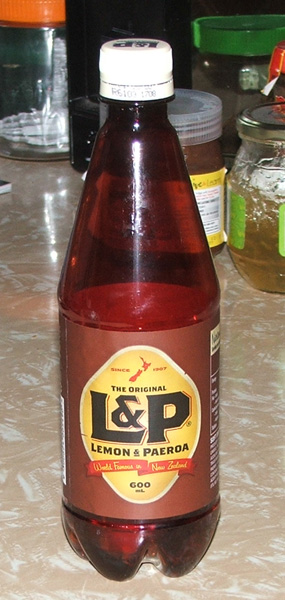
L&P refers to “Lemon & Paeroa,” which is a sweet soft drink invented in New Zealand. The drink was traditionally prepared by mixing lemon juice with carbonated mineral water from the town of Paeroa. However, L&P is now owned and produced by multi-national Coca-Cola.
L&P has a slightly more lemony and sweeter taste than other soft drinks consumed in New Zealand, but it is as common as other soft drinks in the country. The beverage’s origination dates back to 1907, and it is named after the North Island town where it was created.
Fish and Chips
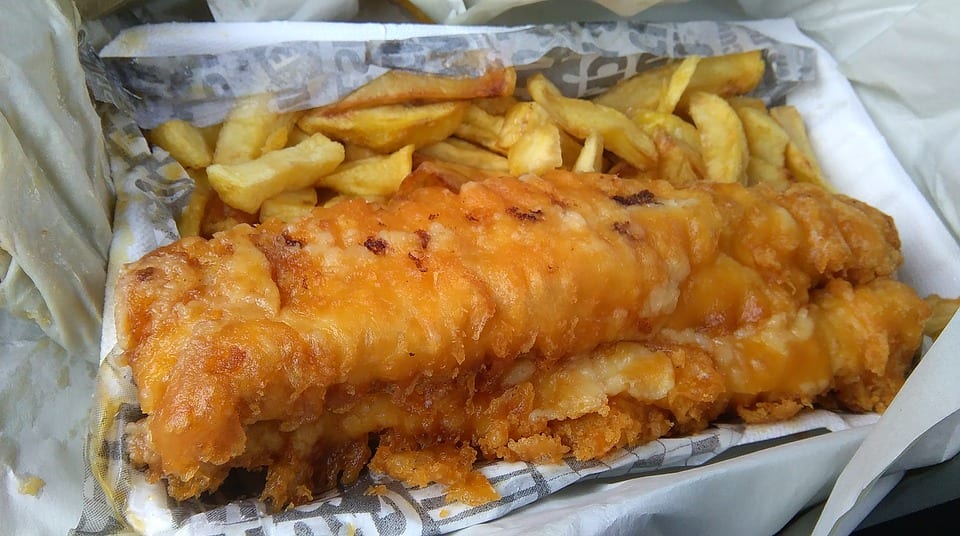
For New Zealanders, fish and chips make up a simple meal. This take-away meal consists of fresh fish, covered in a crispy batter which is then deep-fried, and is consumed along with a good amount of hot chips. It is generally served with fresh white bread and tomato sauce. One can also eat it with a seasonal salad.
Surprisingly, this simple meal is considered to be one of the most relished dishes in New Zealand and is generally enjoyed while chilling by the beach on a pleasant summer evening.
Ika Mata
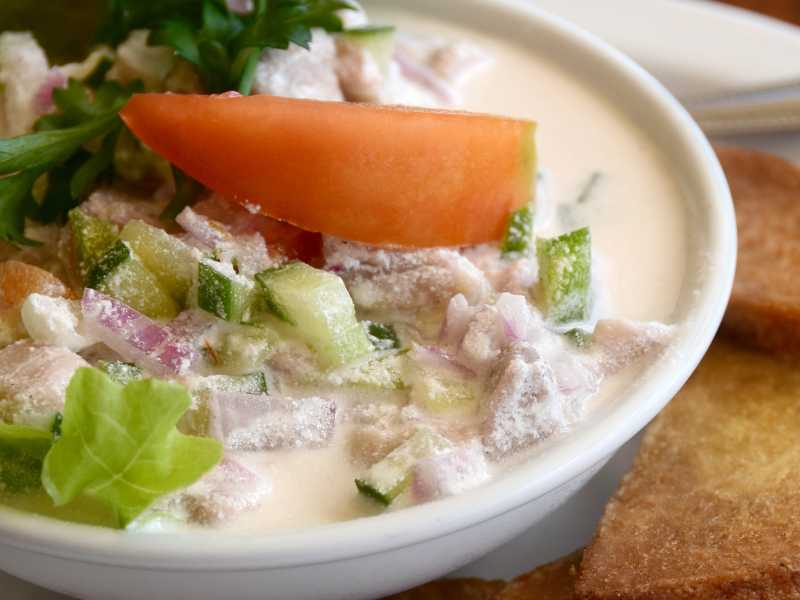
Ika mata is a traditional Polynesian dish which consists of raw fish. The fish is cut into bite sized pieces and marinated in citrus juice and salt. After marinating, the fish is tossed with vegetables and coconut cream to finish.

